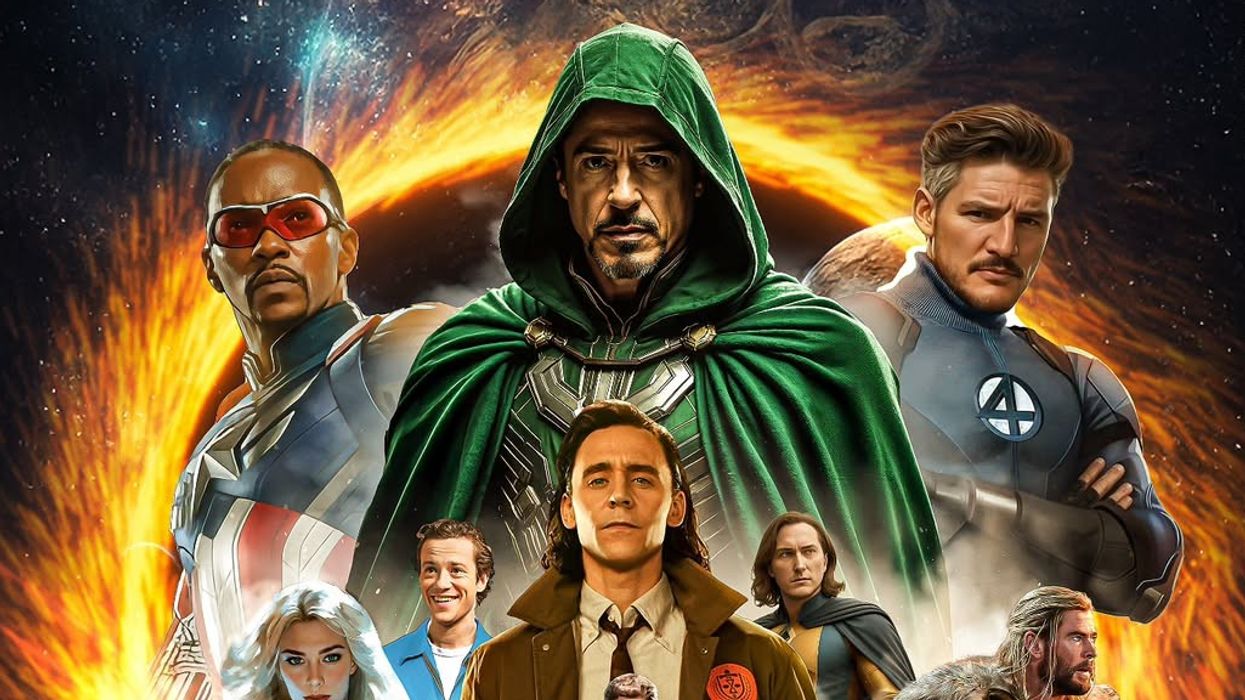LOW testing and quarantine numbers make Bangladesh more vulnerable to COVID-19, experts warn.
Reports say that people are starving and most hospitals refuse patients with a fever and cough, making the situation worse.
The South Asian country has reported 3,382 positive cases with 110 deaths due to COVID-19 so far.
Bangladesh detected its first COVID-19 patient on March 8. The Institute of Epidemiology, Disease Control and Research (IEDCR) report that only 24,000 tests have been conducted in suspected patients.
Considering the population of around 165 million, the testing numbers are too low.
Bangladesh is one of the countries with the highest rates of population density in the world. The percentage of tests being carried out is among the lowest – around 143 per one million people.
The government reports that hospitals are prepared to receive COVID-19 patients and that there are sufficient test kits, though only 12 per cent of people with symptoms have been tested so far.
In March, Bangladesh screened more than 650,000 passengers at its international airports, ports and land borders by measuring their body temperature, although only around 28,500 people were put in quarantine and 65 in isolation, according to the health directorate.
To contain the spread of the coronavirus, Bangladesh government announced a general holiday starting from March 26 that has been extended multiple times, and at the moment is set to end on April 25.
Experts believe that it is difficult to enforce social distancing rules in many areas in the country, posing more risk.
In capital Dhaka, about 18 million people pass through its streets daily and its population density is over 23,000 people per square kilometre.
In slums, home to 4.5 million people, families of four to five live in rooms that don’t exceed four square metres.
A leaked UN report said that around two million people may die in Bangladesh due to COVID-19.













